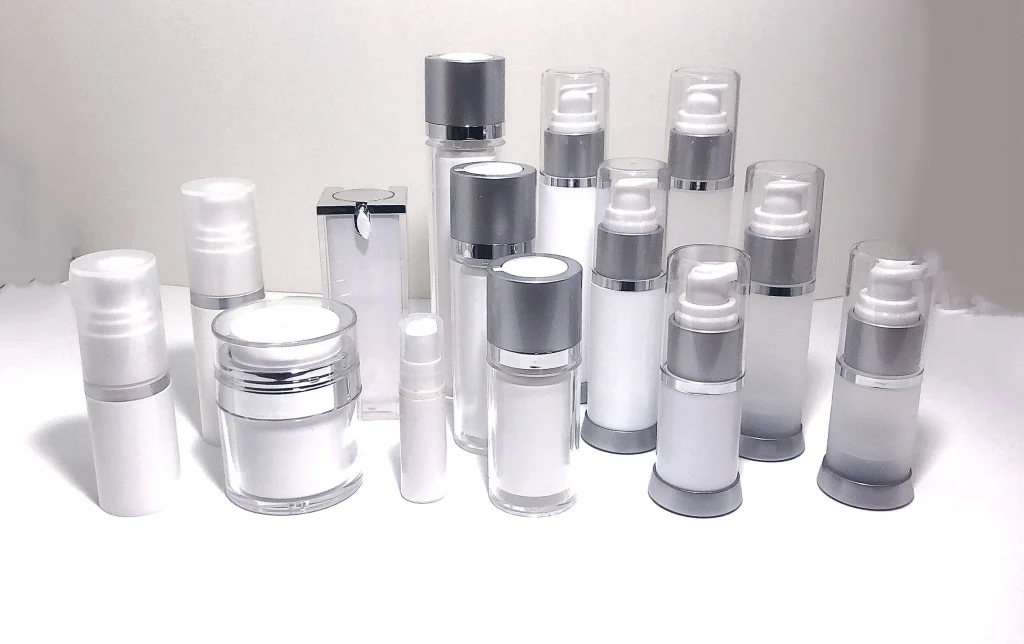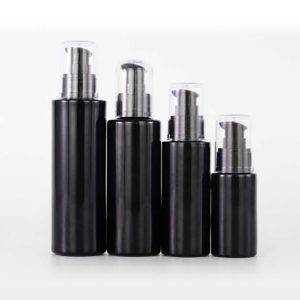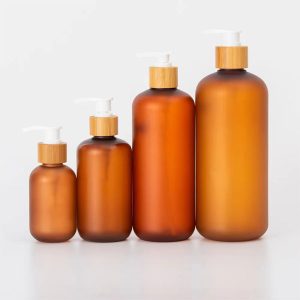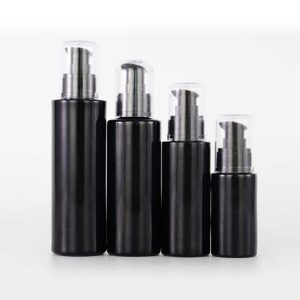Refilling an airless pump bottle is a simple yet meticulous process that can extend the life of your bottle and contribute to environmental sustainability. The key is to understand the structure and function of these innovative containers.
How to Open Your Airless Pump Bottle

Airless pump bottles, known for their durability and ability to preserve the contents, can be a bit tricky to open. The process requires care to avoid damaging the bottle’s unique mechanism.
- Identify the Type of Lid: Start by examining the lid. Some airless pump bottles have a screw-top lid, while others might have a snap-on cap. Understanding the type of lid is crucial for the next steps.
- Gentle Pressure: If it’s a screw-top, gently twist it counterclockwise. For a snap-on cap, apply steady pressure at the edges of the cap. Avoid using excessive force, as it can damage the pump mechanism.
- Separating the Pump from the Bottle: Once the lid is loose, slowly lift it. If you encounter resistance, check for any hidden locks or tabs that may be securing the pump to the bottle.
- Inspect for Damage: Before proceeding, inspect the pump and the opening of the bottle. Ensure there are no cracks or breaks, as these can affect the bottle’s airtight seal when reassembled.
- By carefully opening the airless pump bottle, you can maintain its integrity and functionality. This step is crucial for a successful refill process.
How to Refilling the Airless Pump Bottle
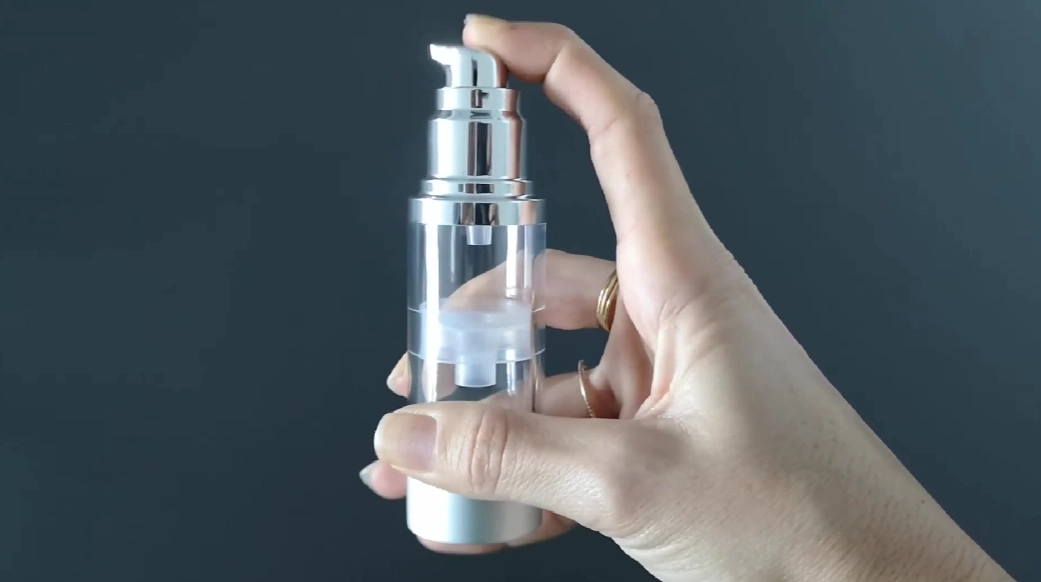
Once your airless pump bottle is open, the next step is to refill it. This process requires precision to maintain the functionality of the airless system.
- Choosing the Right Product: Ensure the product you are refilling with is suitable for an airless pump bottle. Thick creams or gels work best in these containers.
- Filling the Bottle: Carefully pour or scoop the product into the bottle. Aim to fill it up to just below the rim to avoid overfilling. Using a small funnel or a spatula can help minimize air pockets and spills.
- Removing Excess Air: Tap the bottle gently on a hard surface to settle the contents and release any trapped air bubbles. This step is crucial to ensure the pump will function correctly.
Ensuring an Airtight Seal
The final step in the refilling process is to reseal the bottle, ensuring the airless mechanism remains effective.
- Reattaching the Pump: Carefully align the pump with the bottle and gently press it back into place. If it’s a screw-top, twist it clockwise until snug. For snap-on caps, press down evenly until you hear a click, indicating it’s securely closed.
- Test the Seal: After closing, it’s important to test the seal. Press the pump a few times to prime it. If the product dispenses smoothly, the bottle is properly sealed. If not, check the alignment of the pump and the tightness of the lid.
- Storage Tips: Store your refilled airless pump bottle upright in a cool, dry place to preserve the contents and ensure the pump remains in good working order.
- By following these steps, you can successfully refill your airless pump bottle, ensuring its longevity and the quality of its contents.
Common Challenges and Solutions
Refilling airless pump bottles can sometimes present challenges. Here are some common issues and their solutions to ensure a smooth refilling process:
Pump Not Dispensing After Refill
- Cause: This often happens if air gets trapped in the bottle or the pump mechanism.
- Solution: Tap the bottle gently on a hard surface to release any trapped air. If this doesn’t work, try priming the pump by pressing it multiple times until the product begins to dispense.
Leakage Around the Pump
- Cause: This can occur if the pump is not properly aligned or if the bottle is overfilled.
- Solution: Make sure the pump is correctly aligned and securely fastened. If overfilled, remove a small amount of the product to allow for some space at the top of the bottle.
Difficulty in Opening the Bottle
- Cause: Some airless pump bottles are designed with tight seals for product preservation, making them hard to open.
- Solution: Wrap a cloth around the cap for a better grip, and gently twist or pry it open. Avoid using tools that can damage the bottle or the mechanism.
Product Not Staying Fresh
- Cause: This might happen if the bottle’s airtight seal is compromised.
- Solution: Ensure the lid is tightly closed after each use. If the seal is damaged, it may be necessary to transfer the product to a new container.
- By addressing these common challenges, you can effectively maintain and reuse your airless pump bottles, maximizing their utility and lifespan.
Benefits of Refilling Airless Pump Bottles
Refilling airless pump bottles is not just a matter of convenience; it also has significant benefits for both the environment and your wallet.
Environmental Impact
- Reduced Waste: By reusing bottles, you contribute to reducing plastic waste. Airless pump bottles are particularly durable and designed for long-term use.
- Lower Carbon Footprint: The production and disposal of plastic bottles contribute significantly to carbon emissions. Refilling and reusing these containers can help mitigate this impact.
Cost-Effectiveness
- Savings on Purchases: Buying products in bulk or larger sizes to refill your existing bottles can be more cost-effective than purchasing new, smaller-sized products.
- Longer Product Lifespan: Airless pump bottles are designed to minimize the exposure of their contents to air, thereby preserving the product’s effectiveness for a longer period.
- Convenience and Customization
- Tailored Solutions: Refilling allows you to mix and match products according to your specific needs, creating customized solutions.
- Ease of Use: Having a reusable bottle means you always have a familiar and efficient dispenser for your favorite products.
- Refilling airless pump bottles is a simple step towards a more sustainable lifestyle, offering both economic and environmental advantages.
Conclusion
In summary, refilling airless pump bottles is a practice that offers multiple benefits. It not only extends the life of durable and efficient containers but also supports environmental sustainability by reducing plastic waste and carbon footprint. This process, while seemingly simple, requires careful handling and attention to detail to maintain the effectiveness of the bottle’s airtight mechanism.

